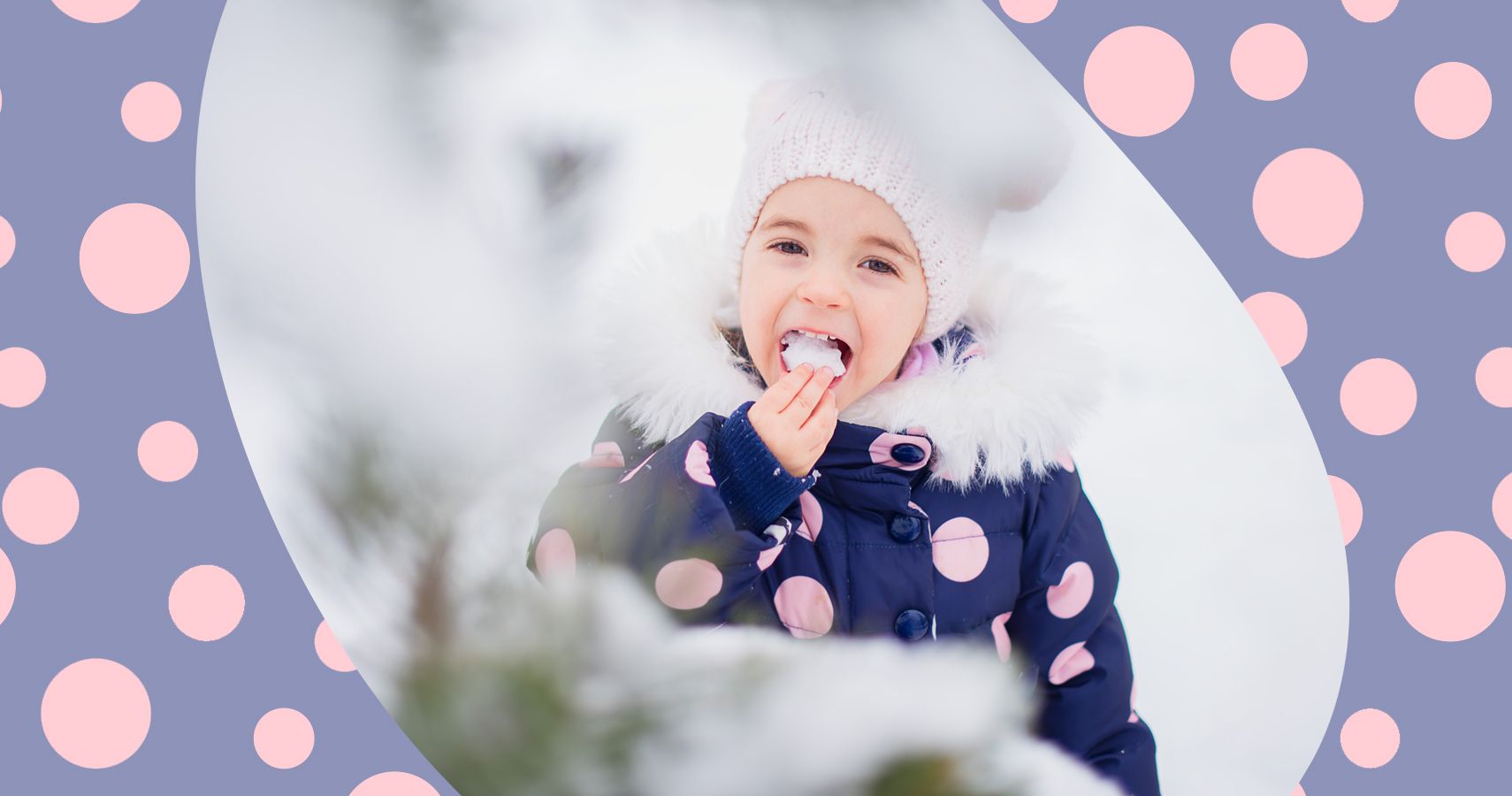It is something that a lot of parents did when they were younger and that is eat snow. Now, this is the generation that drank out of the water hose and ate dirt, so it didn’t seem like such a concern back then. However, now that humans have evolved and learned how some of the actions of the past have been dangerous, it has led many parents to wonder if eating snow is dangerous.
Snow still draws children to it. They love to watch it fall, they love to go outside and play in it, and yes, they still love to get a handful of it and dig in. Is this a refreshing treat, or could it be potentially harmful to children? The answer is going to involve a mix of science and common sense.
What Does Snow Contain?
When it comes to the very basics of snow, it is water, according to Premier Health. When the air is cold enough outside, the water freezes as it falls and turns into snow. With that being said, it can also contain components that it picks up on its way down. As snow falls to the ground, it can pick up particles from the air. Scientists have studied snow and they have found the following in it: dirt, old pesticides, black carbon and even chemicals that come from vehicle exhaust. These contaminants are collected as the snow falls to the ground, and they may be higher if it is a particularly windy day.
Purer Snow At The End Of The Storm
It should also be noted that the first bits of snow are going to have the highest level of contaminants because it “cleans” the air as it falls. If you wait until the end of a snowstorm that snow is going to be more “pure.” It may be obvious, but you are going to want to avoid yellow snow, or any snow that has been discolored. According to NPR, if you are in an area that has a lot of farming, you will want to avoid that. That is because there could be traces of manure in the snow.
Is Eating Snow Bad Or Good?
The good news is that it is not really that bad for you to consume. Scientists have also concluded that the amount of contaminants that may possibly be in the snow is not really enough to cause harm. The chances of a child becoming ill from a handful (or two) of snow is very small. At the end of it all, there are contaminants everywhere and on everything we eat, and it has always been more about the concentration of the contaminants than how much of it you consume.
If you want to make it a real treat, take your child out at the end of the snowfall and make some homemade snow cones together. It seems like this childhood ritual is safe to continue, and it can be passed on through generations. If the word “contaminants” still makes you a little nervous, you can always opt for shaved ice instead of the snow outside.
Sources: NPR, Premier Health

